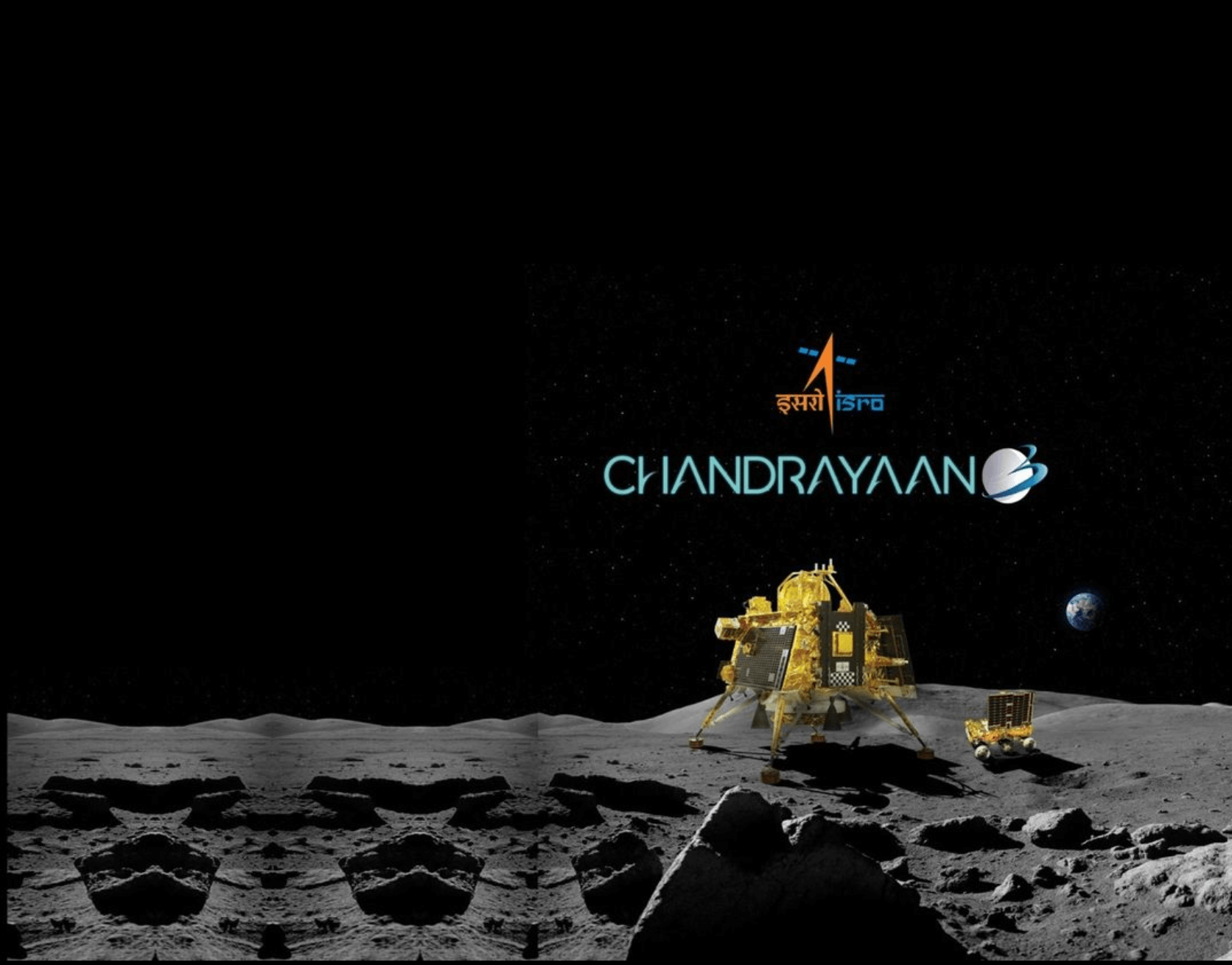India has achieved a historic feat by landing its Chandrayaan-3 spacecraft near the moon’s south pole on August 23, 2023, becoming the first country to do so. The spacecraft’s rover, named Pragyan, has been exploring the lunar surface and conducting experiments for a week.
Also read: Russia’s Moon Dream Shattered by Luna-25 Crash
Also read: How many times have we been to the moon?
One of the most significant findings of Pragyan is the confirmation of the presence of sulfur and the detection of several other elements, such as aluminum, iron, calcium, chromium, titanium, manganese, oxygen and silicon, using its laser-induced spectroscopy instrument. These elements could provide clues about the origin and evolution of the moon and its geology.
The rover is also searching for signs of frozen water, which could be a valuable resource for future human missions to the moon. The south pole region is considered to be rich in water ice deposits, as some areas are permanently shadowed from the sun’s rays and have very low temperatures.
🔬 Subscribe to SciMail
Get the latest science discoveries straight to your inbox!
The rover has encountered some challenges, such as a 4-meter-wide crater that forced it to change its path. The rover is expected to operate for 14 days and study the moon’s atmosphere and seismic activity as well.
India’s previous moon mission, Chandrayaan-1, played a crucial role in the discovery of water molecules on the moon in 2009. India’s space program has been making remarkable achievements in recent years, such as launching more than 100 satellites in a single rocket in 2017 and sending an orbiter to Mars in 2014.
India’s moon mission is not only a scientific endeavor, but also a demonstration of its technological prowess and ambition in the global space arena. India hopes to inspire future generations of scientists and explorers with its lunar adventure.




Leave a Reply